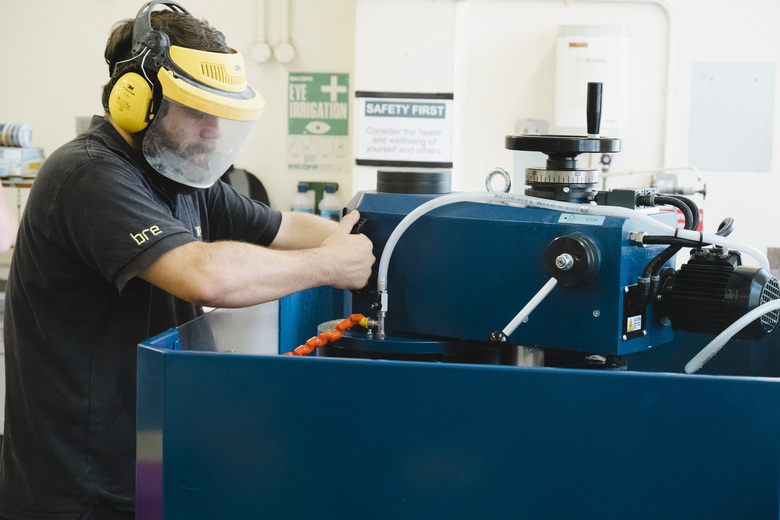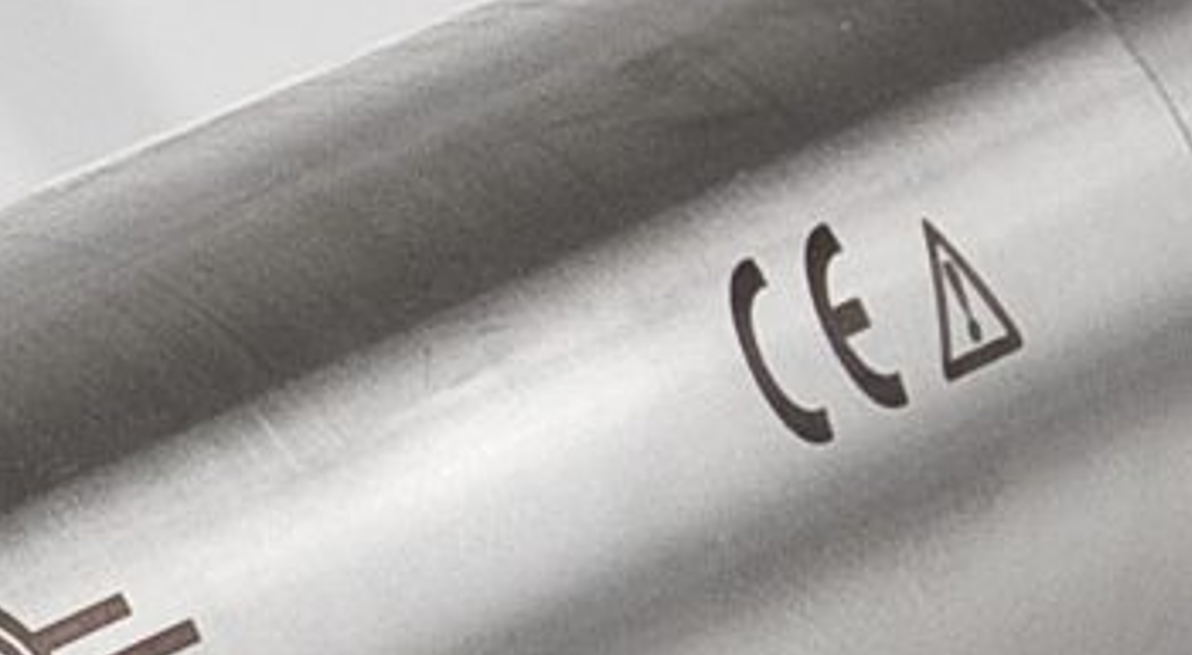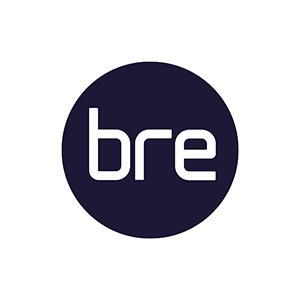What is CE marking?
CE marking is a crucial step in a product’s journey to market. CE stands for Conformité Européenne or European Conformity. Products with the CE mark can be traded freely in a market of over 400 million people – the European Economic Area (EEA).
Marking a product with the initials “CE” gives you access to a huge number of potential customers, both within and outside of the EU. The markings are a legal requirement for any manufacturer or importer to trade within the EEA.
BRE can help with the CE certification of products relating to the built environment and marine equipment. We also offer direction for UKCA marking, should you wish to certify a product for the British markets.

Why do you need a CE mark certification?
The CE mark demonstrates that a product has met several health, safety and environmental standards, as some EU directives demand. The directives were introduced to achieve harmonisation of trade legislation throughout the EU. Depending on the product being assessed, several requirements from several directives may need to be obeyed, each with a set of rules. This can often be a complex and time-consuming process.
As a product manufacturer, you are responsible to ensure that you conform to all relevant EU standards. Non-compliance can result in large fines and imprisonment, so it’s essential to be aware of all required conditions.
Benefits of the CE mark
Gaining a CE mark allows a product to be freely traded in the EU, the European Free Trade Association (EFTA), and Turkey – a large market of potential clients. A mark also shows a product is likely to exhibit a certain level of robustness and quality, as it has been manufactured using EU-approved processes.
Faulty products are less likely to be sold to clients if they bare a CE mark and it will also attract people to your product, as the inscription is instantly recognisable.

The benefits of CE Certification
The letters ‘CE’ appear on many products traded on the extended Single Market in the European Economic Area (EEA). They signify that products sold in the EEA have been assessed to meet high safety, health, and environmental protection requirements.
Constancy of performance
The CE marking ensures constancy of performance for construction products, meaning that the products consistently meet the declared performance characteristics. This provides confidence to builders, architects, and consumers that the products will perform as expected, contributing to the overall reliability and safety of construction projects.
Ability to sell the product in any country of the European Internal Market
One of the most significant benefits of CE marking is that it allows manufacturers to sell their products in any country within the European Internal Market without the need for additional testing or certification. This facilitates easier access to a large and diverse market, promoting free trade and competition among manufacturers.
Meets Health & Safety standards
Products bearing the CE mark have been assessed to meet rigorous health and safety standards set by the European Union. This ensures that the products are safe to use and that they comply with environmental and user protection regulations, reducing the risk of accidents and health issues associated with substandard construction products.
Widely recognised outside the EU as a benchmark
The CE mark is not only recognised within the European Union but is also seen as a benchmark of quality and compliance globally. This recognition can enhance a product’s reputation and marketability in international markets outside the EU, helping manufacturers to expand their reach and credibility.
Traceability of products
CE marking requires detailed documentation of the manufacturing process, performance, and compliance of products. This enhances the traceability of products, making it easier to track and identify the origin and history of a product, whilst also ensuring a representative sample selection procedure when undergoing audit testing.
Encourages continual improvement of manufacturing processes
The requirements for CE marking encourage manufacturers to continually improve their manufacturing processes. By adhering to the strict standards and regularly reviewing their procedures, manufacturers can achieve higher quality and performance in their products. This continual improvement process fosters innovation and competitiveness within the construction industry, benefiting both manufacturers and consumers.
CE certification step-by-step process
The process of affixing the "CE" mark to your product is much more than just the inscription.
Here is a simplified step-by-step process that your business and – if required – a Notified Body will need to undertake for your product to gain access to the European market:
1. Gather pre-requisite information to start the process
These include harmonised European standards or European assessment documents relevant to your products). They can be found and downloaded for free from europa-cemarking.org
2. Identify the conformity assessment procedure required
This is defined by identifying essential characteristics of your product to determine whether or not it can be assessed in-house, or whether it must be tested by a Notified Body, such as BRE.
3. Product testing
Your product must go through testing to prove its compliance with EU law.
4. Identify time frame
Determine the date from which you must adhere to the relevant directives.
5. Storage
Ensure that you keep up-to-date records of technical documents relevant to your product’s compliance.
6. Declaration of Conformity
Confirm Declaration of Conformity is prepared in line with requirements and certify that any evidence required is in place. Find out more here
7. Country specific requirements
Establish if any country-specific requirements exist to make sure there are no other obstacles to entering the market.
8. CE inscription
Affix the mark to your product/packaging in line with regulations and maintain associated as required.
Routes to CE Marking
In cases where a client has developed an innovative product but may not be able to gain the CE mark under an existing Harmonised EN standard (hEN), a new route known as an EAD has been developed by the European Organization for Technical Approvals, EOTA.
This provides the facility whereby an entirely new standard can be developed for a product, and it can lead ultimately to the award of the CE mark.
BRE Global Ireland are very active in this area, and we welcome enquiries from parties that are interested in gaining the CE mark for innovative solutions.
The awarding of the CE mark through the EAD route carries exactly the same status as the hEN route.
BRE Global Ireland are members of the EOTA group and can fully support your application from start to finish.
Watch the video for further information about EOTA:
Why BRE?
For over a century, BRE has provided governments and industry with cutting edge research and testing to make buildings safer and more sustainable. We deliver innovative and rigorous products, services, standards and qualifications that are used around the globe, to make buildings better for people and the environment.
Our CE marking service is used by our clients across 27 countries. We are recognised as global experts in testing multiple built-environment activities, from acoustics and daylighting, to fire and security. We also offer UKCA marking for construction products and marine equipment.

To help you with your product’s journey to CE conformity, we provide the following services:
- As a Notified Body, we are EU-recognised experts in CE standards and certification. We have experts on hand to help you with all aspects of the CE approval process, from initial questions to assessment completion.
- We can also provide direction on how to keep technical records and will be able to help you understand technical information.
- When a product is not covered by a harmonised European standard, we can help with an alternative route to CE approval by aiding with European Technical Assessments (ETA) and European Assessment Documents (EAD), due to our status as a Technical Assessment Body (TAB)
- We’re experts in the CE marking process and can reduce the possibility of non-compliance or the chance of fines/prosecution due to mismanaged marking.
Contact BRE Global Ireland
For any enquiries you have about the CE marking process call us on +353 (1) 556 92 49 or use the enquiry form:


